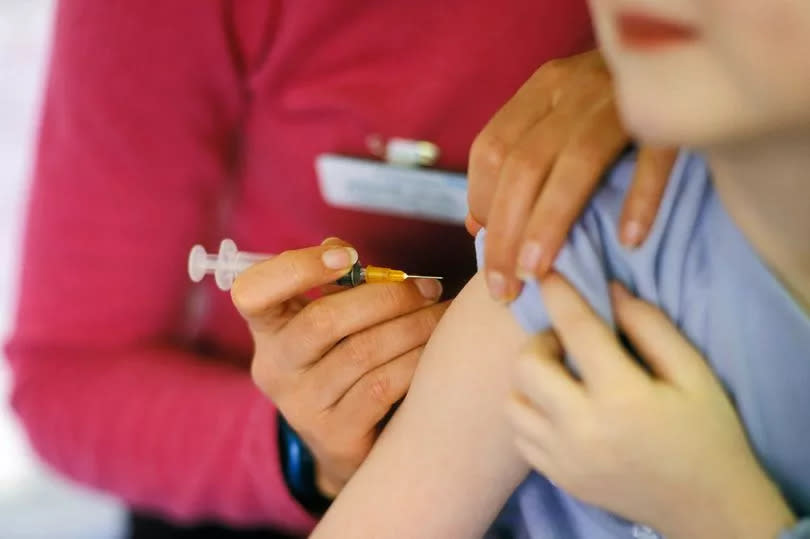Leicester's measles cases continue to rise in 'biggest outbreak in a decade'

Leicester remains one of the worst hit areas as measles cases continue to rise across the country. The outbreak started in October, with Birmingham at its epicentre.
The UK Health Security Agency declared the disease eradicated in the UK in 2016, but just two years later had to remove that status due to a surge in cases. Now, more than 2,000 cases have been confirmed nationally since the latest outbreak – described as the “biggest in more than a decade” – began, the Reach Data Unit said.
Some 1,200 of those have been found in children. To the end of June, Leicester has seen the third highest number of suspected cases in this wave with 149 reported since October.
READ MORE: Young mum-of-two reveals 'terrifying' cancer journey after she was misdiagnosed
It shares this position with Wandsworth in London where the increase in case numbers was the second highest last month at 19. Leicester reported six new suspected cases in June.
Birmingham still has the most suspected cases at 439, including 14 last month. Manchester comes in second at 160 suspected cases – 11 in June.
The situation in the county is somewhat better. Blaby district has the highest number of suspected cases of all the districts and boroughs at 48, an increase of one in June.
Next is Charnwood with 35 suspected cases. The borough had the highest number of new measles reports last month at 10.
Hinckley and Bosworth borough ranks third in the county for the most suspected cases at 20. Then comes Oadby and Wigston borough with 16, and Melton borough with 14. Harborough and North West Leicestershire districts come in last with 13 apiece.
Where an illness is believed to be measles, a sample must be sent for lab testing to confirm it is the disease. Not all suspected cases will ultimately be confirmed as measles, so the actual number of infections is likely to be lower.
The UKHSA has sent out letters to clinicians around the country offering guidance for protecting patients with weakened immune systems. That could include cancer patients undergoing chemotherapy or radiotherapy as well as people with genetic disorders and certain diseases or conditions.
Anyone with a weakened immune system – particularly children, who are more likely to come into contact with someone infected with measles – is more at risk from serious complications of measles, such as viral pneumonitis, an infection of the lungs.
The guidance sent to clinicians responsible for caring for patients with weakened immune systems warns that “there has been an increase in the number of confirmed measles cases and local outbreaks being reported across England” and that “children under 10 years of age have been particularly affected in the current outbreak”.
Parents are advised to make sure schools and nurseries are aware of the risks and the need to quickly alert the family if any classmates are diagnosed with measles. People are also advised to ensure all family members and close contacts are fully vaccinated and to seek guidance if anyone with a weakened immune system is exposed to measles.
The UKHSA blames the spread on low take-up of the MMR (measles, mumps and rubella) vaccine in parts of the country. In England, 92.5 per cent of children had received at least one dose of the MMR vaccine by the age of five in 2022-23, down from 93.4 per cent the previous year and below the national target of 95.5 per cent.
Only 84.5 per cent have received both doses. The World Health Organisation said coverage must be 95 per cent or higher to achieve population-level immunity.

 Yahoo News
Yahoo News 
